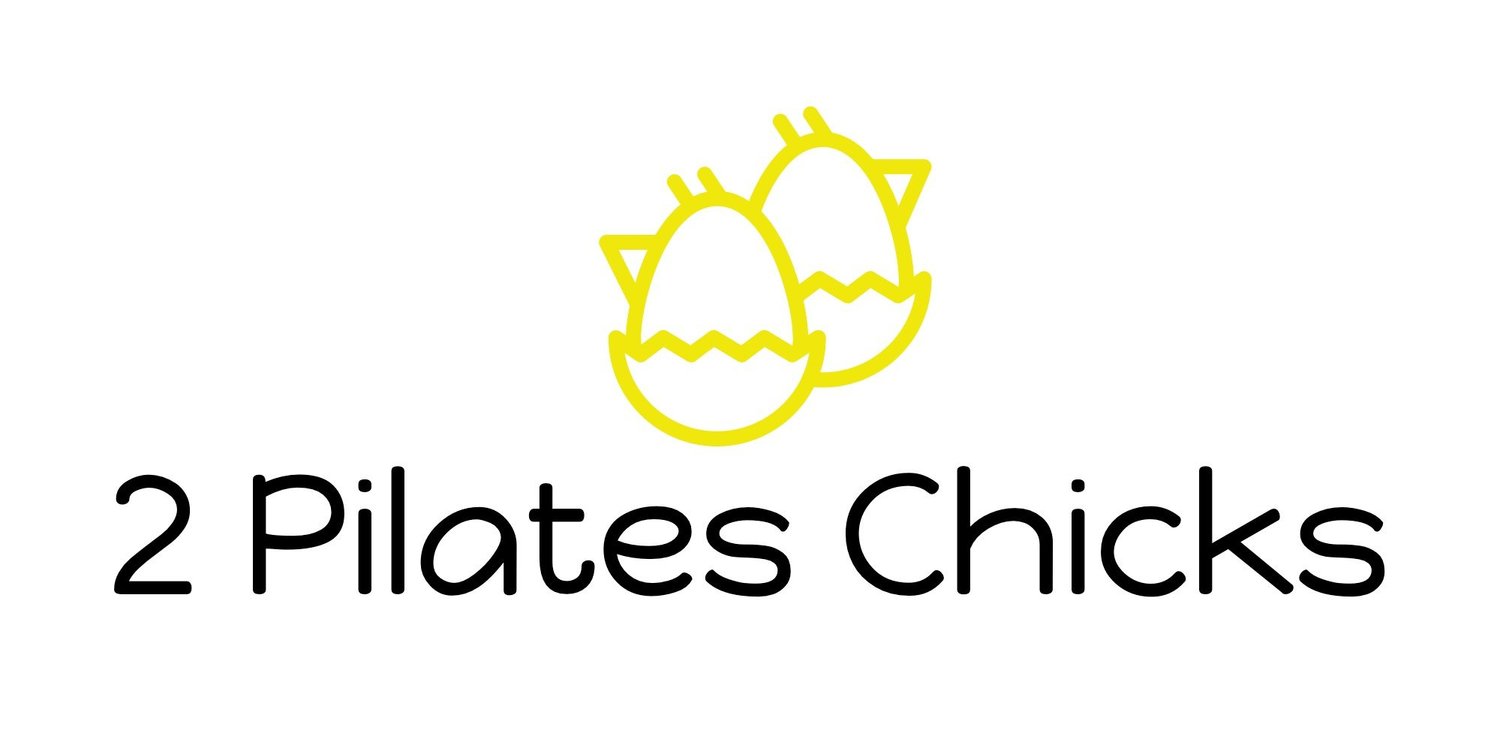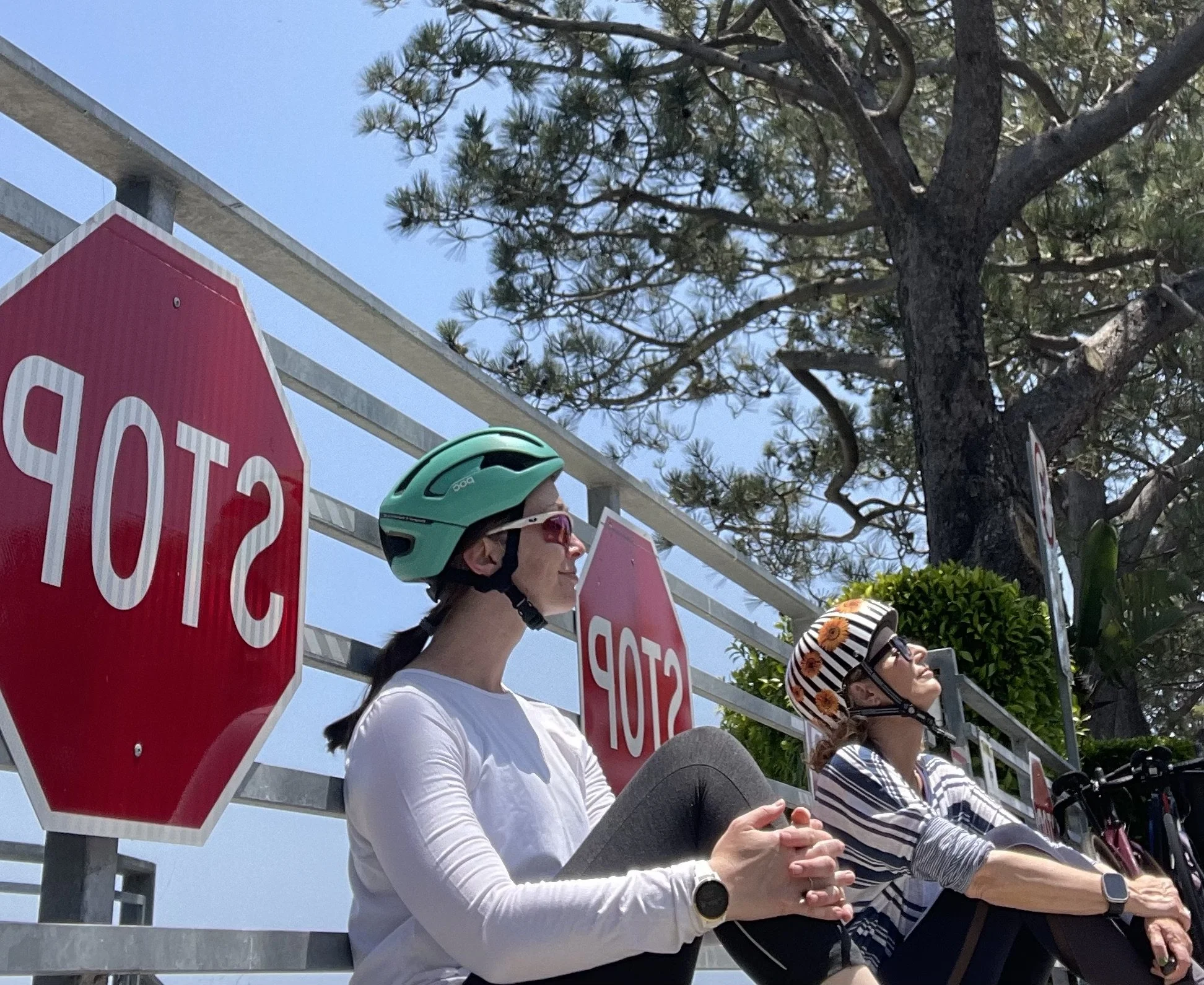What cues are you giving your Pilates client?
Are you delivering the same cues to each Pilates client? Do your instructions remain static from one exercise to the next? Crucially, are you tailoring your language to the unique needs of the individual before you, for each session?
In Season 6, Episode 7 of our blog, "Adaptive Language in Pilates," we discuss the core principle that effective cueing is just like a dynamic conversation. Just as our daily interactions vary from person to person, so too should the language we employ to guide movement in a Pilates session.
A fundamental element of impactful teaching is the ability to adapt. Moving beyond a reliance on scripted cues, effective cueing elevates a Pilates session from mere instruction to a personalized experience. Our aim should be to speak directly to the client's understanding, forging a connection that resonates and facilitates their engagement with the work.
Considering the limitations of a one-size-fits-all approach, a simple instruction like "point your toes" might fail to resonate with a male client, creating a disconnect. Similarly, a visual cue such as envisioning "a bowl of soup on your pelvis" for stability could introduce confusion rather than clarity. Each individual processes information uniquely, particularly when it comes to translating verbal cues into physical action.
Teaching experience cultivates this essential adaptability. While newer instructors often rely on the foundational cues from their training, exposure to a diverse range of clients fosters a richer vocabulary and the capacity for nuanced communication. Factors such as age, gender, and activity levels shape how individuals interpret and connect with instructions, necessitating a flexible and responsive approach.
The true power of a cue lies not in its inherent brilliance, but in its ability to resonate with the individual. If a cue isn't eliciting the desired response, the solution is simple: adapt. Discover the words that make sense to that particular client. The focus should be on tailoring your language to their understanding, rather than attempting to force their comprehension into a predetermined framework. This understanding develops over time, particularly with new clients as you both learn each other's communication styles. As rapport builds, a shared language of movement emerges, enhancing the effectiveness of your guidance.
It's crucial to remember that clients do not require a recitation of the comprehensive Pilates manual. Their primary need is to understand what their body needs to do. Your cues are the vital tools that bridge this gap, and these tools must be precisely chosen to align with the individual's physical requirements and their mental focus available within each session.
Adapting your language is not a compromise of your teaching style; rather, it signifies growth as an educator. It demonstrates curiosity, empathy, and a genuine willingness to meet your clients where they are in their learning journey.
The language you utilize should be specific to each client in every session. It should effectively guide them toward increased mobility, enhanced strength, or a clearer understanding of a particular movement pattern.
Furthermore, external life events and stressors can significantly influence a client's receptivity to cues. Remaining mindful of their current mental and emotional state and adjusting your language accordingly is paramount to providing effective and supportive instruction.
Ultimately, effective cueing in Pilates is a deeply psychological practice. It's about fostering an environment where clients feel supported, understood, and empowered to achieve their goals. Each interaction is a unique conversation with its own specific needs and nuances.
There is no single "magic cue" that universally resolves every challenge. If a cue doesn't land, be prepared to pivot and explore alternative ideas that resonate better. When your language adapts to your client's understanding, your instructions are not just heard – they are truly understood and embodied. This creates a connection similar to a comfortable conversation with a trusted friend with ease and flow, truly what makes the teaching experience so rewarding.





